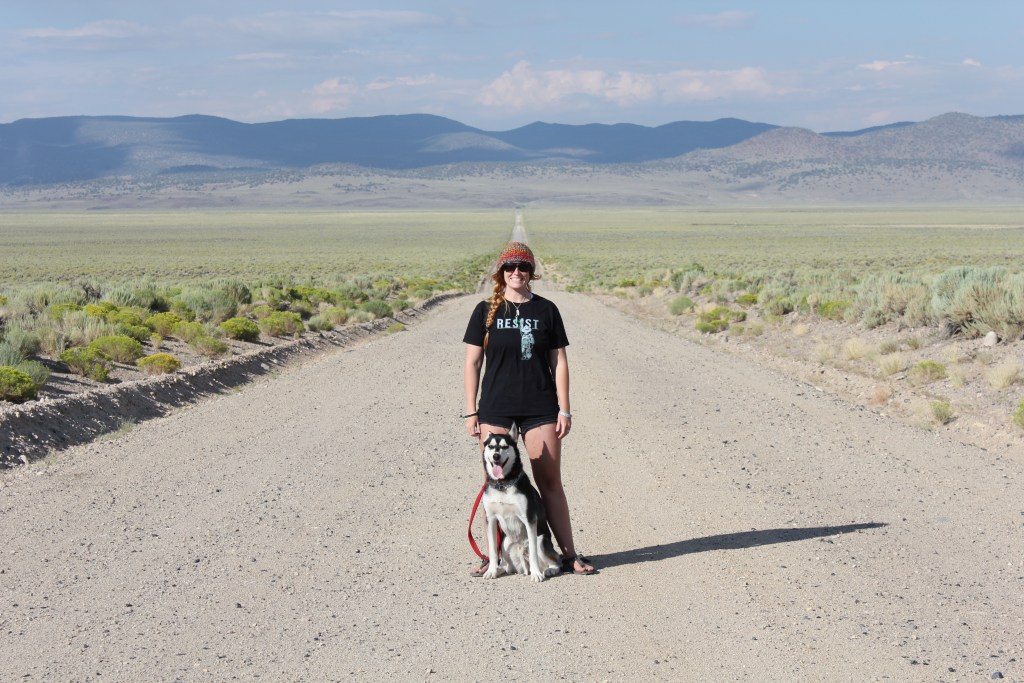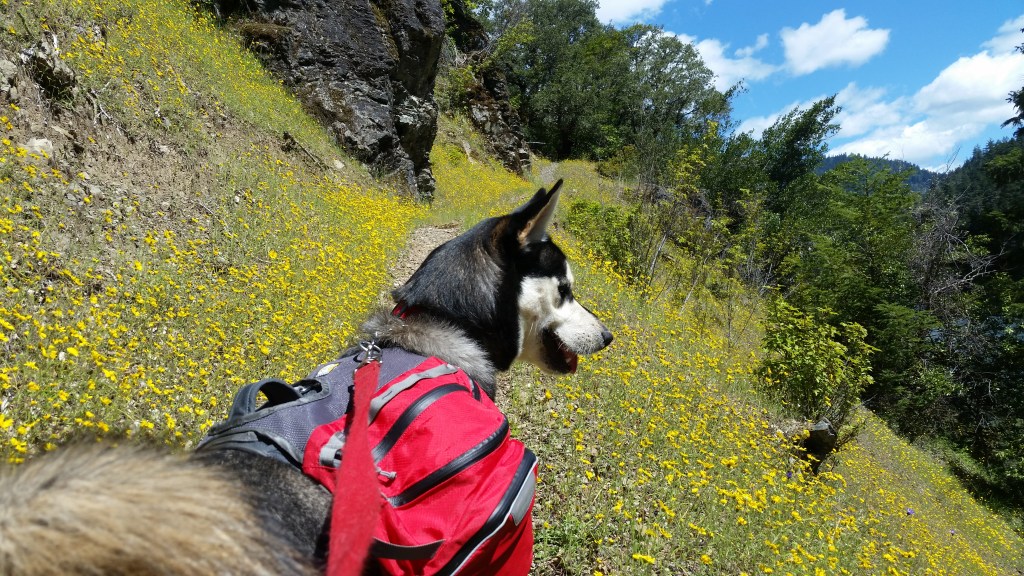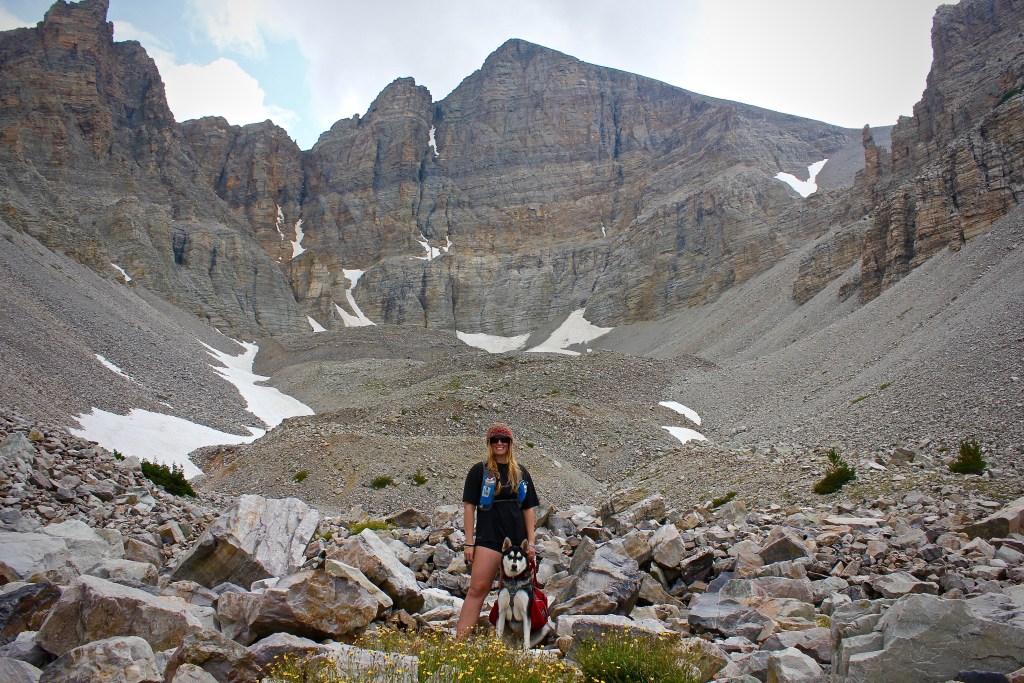Sara Fry can still remember a few moments from that day in the summer of 2005. Her water polo team faced a rival high school, which deepened her desire to win. The water cooled her body as she swam arm to arm with her teammates. Despite a shoulder injury, she felt driven.
Just 15 years old at the time, Fry was one of the youngest water polo players at Clovis High School, near Fresno, California. Her unwavering drive to be the best—and be a leader as a freshman—is still apparent more than a decade later. “I was extremely active,” she says. “I would wake up early in the morning before school, have swim practice, then after school I would have a sport like water polo, and after that I would have soccer practice. I just felt that moving my body was what I was supposed to be doing. Even on weekends I would be outside working out, but to me it was play.”
But then came the elbow—delivered from a member of the opposing team—straight to her temple. That’s when her recollections of that day faded. The hours and days after meld together.
“I couldn’t focus on anything,” she says. “I could read, but I didn’t remember how to read. You could give me book and I would read words from any spot on the two open pages. I didn’t know you read from top to bottom and left to right.”
Fry, now 27, still deals with the ramifications of her traumatic brain injury. Seizures are frequent—sometimes for days in a row. Bright lights and noises are exacerbated, piercing deep inside her head. The vertigo never really seemed to fade. And then there’s the headache she’s endured almost every moment since the injury.
“Mind you, I’ve been to all of the best doctors in the country,” she says. “I tried over 50 different medications. I don’t respond well to medication and I’ve done everything I can. I’ve been to energy healers, yoga, acupuncture—all the things you can think of to try to heal myself. It’s mind over matter at this point.”
That outlook on life serves as Fry’s motivation. When she struggles to walk or a seizure subverts her body, she focuses not on pain, but on positivity.
“There’s a fine line with pain. You have to experience and acknowledge it, but you can’t let it control you.”
Her sanguine attitude continued even as she struggled through high school, where she was homeschooled through Home and Hospital Instruction, a program for those who are unable to attend school due to medical issues. When she was 19, she was diagnosed with melanoma. Within 13 months, she endured 11 surgeries, further complicating her already complex condition. The severity of her symptoms persisted over those years, when sleep was often prefaced with crying. Holding down food became a daily chore, so she continued to lose weight.
“I thought I was dying,” she says. “I needed to do things my way and take my life back and not be a lab rat with doctors. I listened to what my heart was telling me. It was saying this isn’t working—go do your own thing. That was the Pacific Crest Trail.”

Nature has a cathartic effect on Fry, which is why she has devoted so much time to hiking. She feels the need to give back to the places she loves by volunteering with trail organizations. (Photo Credit: Sara Fry)
Fry started walking north from the Mexican border in April 2012 with no backpacking experience. Being out there felt right, she says, and that was her only concern. Still, she continued to lose weight and, some days, her vertigo and intermittent seizures seemed to strike out of nowhere.
“My balance isn’t the hottest,” she says, “so I was constantly falling on the trail. A guy I was hiking with said, ‘You’re always donating blood to the trail.’ That’s how I got my trail name,‘BloodBank.’”
Fry relied on the support of a few fellow thru-hikers who cared for her along the way, but most days she had only her own determination to push herself through. Meditation and encouraging mantras proved to be just enough to keep her going. Some days she could barely stumble a few yards. When she was able, though, she trekked as many miles as possible. “That was a major revelation for me—to see how powerful the mind is, and that where you put attention and focus can help to accomplish anything,” she says.
After nearly 2,700 miles, she eventually made it to Canada in October. After she returned home, she focused on recovery. She began a nutritional juicing regimen, and a few months later a friend recommended a doctor who prescribed her experimental human growth hormones, both of which she credits for alleviating the severity of some symptoms. She started to feel better, enough so that normal functions of life—walking, talking, enjoying a day outside—seemed easier, if only slightly.
“There’s a fine line with pain,” she says. “You have to experience and acknowledge it, but you can’t let it control you.”
***
Fry grew up with the Sierra Nevada just a stone’s throw away, often visiting Mammoth Lakes, a mountain town near Yosemite National Park, with her family. Summers were spent hiking, as well as fishing and swimming in nearby Lake Mary, while the winters offered seemingly endless skiing opportunities. On a clear day, she can see the mountains to the east near her home in Clovis. But hiking the PCT was her first extended backcountry excursion on a long trail. She says the experience spurred an insatiable love for long-distance hiking. Since then, she has pushed her body almost 12,000 miles along hiking trails in some of the country’s most stunning wilderness—including working on a trail chainsaw crew in Alaska in 2013, and the next year thru-hiking the 3,100-mile-long Continental Divide Trail.
Routine doctor visits every three months ensure she remains cancer-free, as does protecting herself from the sun when she’s in the backcountry. She listens to her body to determine how much she can hike on any given day. If she can’t walk, she sits in her tent until her legs are up to it. When she’s able, she treks all day long, often with her partner, Gregg Hein, who is also a long-distance hiker.
“Sara is one of the strongest, most determined and positive people I know,” Hein says. “Being in the mountains is something that makes her feel at her home. If she is having a bad day, she’s having a bad day in one of most beautiful places on earth.”
Also accompanying Fry on her excursions is her dog, Tank. The 3-year-old husky was never supposed to be a service dog. Fry’s sister, Lyz, took him in one day in 2016 after he ran away from a neighbor’s house. Fry eventually took ownership of him in hopes that he’d carry some weight in the backcountry and help her with mobility.

Fry’s 3-year-old Husky, Tank, started picking up on her seizures just a few months after she got him. He accompanies her on nearly all of her backcountry excursions. (Photo Credit: Sara Fry)
“I wanted a service dog for many years,” she says. “Because of the lifestyle I lead, and because I do hike so much, I felt it would be cruel to take a German shepherd or a Lab and ask them to do 20 to 30 miles a day—much farther than typical service dogs are required to go. On top of that, the average cost of a dog runs anywhere from $18,000 to $30,000 plus.”
The first time Tank sensed she was about to have a seizure, Fry could hardly believe it. His brown eyes, normally expressive and happy, fixated strongly on hers. He nudged her hand with his nose. His demeanor showed concern. By the time she felt the convulsion coming on, her vision of Tank had blurred and she drifted off.
When she came to, Tank’s paws were on her chest and he was licking her face. “I broke down crying and immediately gave him praise,” she says. “I couldn’t believe he was picking up on my seizures.”
Although Tank hasn’t received any formal training (Fry is self-training him), he gives her a reassurance she didn’t have before. “I’ve never seen her have an immediate calming reaction when she comes to [after a seizure] like she does with Tank,” Hein says. “When Tank is around, he brings a smile to her face immediately.”
***
As Fry has continued to explore the Sierra, she’s grown increasingly involved with protecting it. In 2013, she stumbled across the San Joaquin River Trail, its terminus only a few miles from Clovis. When fully constructed, it will extend more than 100 miles, from near Fresno to the western slope of the Sierra, intersecting the highly trafficked John Muir and Pacific Crest trails.
When Fry attempted to thru-hike it that same year, she says it was poorly maintained and there were several mileage discrepancies—but the trail captivated her along the way. She joined the San Joaquin River Trail Council to help complete and raise awareness for the trail. She then served as a trail crew leader on the High Sierra Volunteer Trail Crew, where she helped to maintain other trails in the Sierra and lay down new tread.
“The joy and freedom I feel when I’m outside far surpass any comfort that staying inside might entail.”
Her volunteer efforts and desire to explore the Sierra brought her to all corners of the range—some crowded and others that hardly see a soul. Although many of the trails were kept up, she says others appeared to lack recent maintenance.
“One night I was lying in bed and I was so frustrated because of the inaccuracies of some maps and the lack of trail maintenance,” she says. “I asked myself: ‘Why don’t you go out and map these trails?’ So, I wrote up a plan to provide accurate maps to the public.”
The plan morphed into the Sierra Mapping Project, a nonprofit aimed at providing up-to-date GPS tracks, information on water sources, and recent trail conditions for all of the Sierra’s trails—not just the popular ones. The data will eventually be free to the public via an app and a website. After a successful crowdfunding campaign in 2015, Fry started using a modified smartphone designed to provide accurate GPS information as she hiked.
“It’s going to have an open platform on it,” she says. “For example, hikers will be able to go into the system and say, ‘This trail had five blowdowns and the water [source] was dry when we went through in June.’”

Fry’s window to map the High Sierra is small since snowpack can persist well into the summer. So, she hits the trails during the warmer months in order to map as much of them as she can. (Photo Credit: Sara Fry)
Fry believes that mapping what she calls “forgotten trail networks” through her project will generate awareness for them and thus grow public support for maintaining them.
“When you think of the Sierra, you think of the John Muir Trail and the Pacific Crest Trail,” Fry says. “But there is much more beauty out there … there are trailheads that don’t have any crowds nearby that have spectacular things to witness, too.”
Fry says having up-to-date data can help keep hikers safe, which is another goal of her project. In 2016, there were 329 rescues in Yosemite alone, nearly double 2013 figures, according to the National Park Service. She hopes her project will lessen the need for some rescues as more hikers are aware of trail conditions.
Although she has mapped around 1,000 miles of trail so far, she estimates there are still around 7,000 miles left to chart. Due to snowpack persisting well into the summer in the High Sierra, her window to work consists of roughly two or three months.
Recently, the U.S. Forest Service has worked to fill the gaps in trail maintenance with partnerships with people just like Fry, who operate nonprofits and spearhead volunteer organizations. In November 2016, Congress passed the National Forest System Trails Stewardship Act, directing the USDA to “publish a national strategy to significantly increase the role of volunteers and partners in trail maintenance.” The agency is also updating trail data, which is available online to the public through the Forest Service Enterprise Data warehouse.
Fry plans to hike 1,000 miles this year before ice once again caps the high peaks. For now, she’s awaiting the summer thaw so she can continue her work in the High Sierra—a place where she feels most at home.
“The joy and freedom I feel when I’m outside far surpass any comfort that staying inside might entail,” she says. “I feel the same pain regardless of where I reside. But outdoors, I’m gifted with being surrounded by the loving embrace of nature. I couldn’t imagine any other way to have a disability than to be surrounded by such peace and grandeur.”


